Increased Focus on Miniaturization
Increased focus on miniaturization is a notable trend influencing the Discrete Capacitor Market. As electronic devices become smaller and more compact, the demand for miniature capacitors is on the rise. This trend is particularly evident in sectors such as wearables, IoT devices, and portable electronics, where space is at a premium. In 2025, the miniaturization of electronic components is expected to continue, with a projected market growth rate of around 8 percent. This shift compels manufacturers in the Discrete Capacitor Market to develop capacitors that not only meet size constraints but also maintain high performance and reliability. The challenge of balancing size with functionality is likely to drive innovation and competition among capacitor producers, ultimately shaping the future of the industry.
Expansion of Renewable Energy Sources
The expansion of renewable energy sources is significantly impacting the Discrete Capacitor Market. As nations strive to reduce carbon emissions, there is a marked shift towards solar and wind energy. Capacitors play a crucial role in energy storage systems, smoothing out the fluctuations in power generation from these renewable sources. In 2025, investments in renewable energy are expected to reach unprecedented levels, with a projected increase of over 20 percent compared to previous years. This surge in investment is likely to drive demand for high-performance capacitors that can efficiently store and release energy. Consequently, the Discrete Capacitor Market is poised to benefit from this transition, as manufacturers adapt their offerings to meet the specific requirements of renewable energy applications.
Growth in Electric Vehicle Production
The growth in electric vehicle production is a significant catalyst for the Discrete Capacitor Market. As the automotive sector increasingly embraces electrification, the demand for capacitors in electric vehicles is surging. Capacitors are essential for various applications within electric vehicles, including energy storage, power management, and regenerative braking systems. In 2025, the electric vehicle market is anticipated to expand at a compound annual growth rate of around 25 percent, which will likely lead to a corresponding increase in the demand for discrete capacitors. This trend suggests that manufacturers in the Discrete Capacitor Market must innovate to provide capacitors that can withstand the unique challenges posed by electric vehicle applications, such as high voltage and temperature variations.
Rising Demand for Consumer Electronics
The increasing demand for consumer electronics is a pivotal driver in the Discrete Capacitor Market. As technology advances, devices such as smartphones, tablets, and laptops require more sophisticated components, including capacitors. In 2025, the consumer electronics sector is projected to grow at a compound annual growth rate of approximately 5.5 percent, which directly influences the demand for discrete capacitors. These components are essential for energy storage and signal processing in electronic devices, thus propelling the market forward. The proliferation of smart devices necessitates higher performance capacitors, which further stimulates innovation and production within the Discrete Capacitor Market. Manufacturers are likely to focus on developing capacitors that can handle higher frequencies and voltages, aligning with the evolving needs of consumer electronics.
Advancements in Telecommunications Infrastructure
Advancements in telecommunications infrastructure are driving growth in the Discrete Capacitor Market. The rollout of 5G technology necessitates the deployment of advanced electronic components, including capacitors, to support higher data rates and improved connectivity. As telecommunications companies invest heavily in upgrading their networks, the demand for discrete capacitors is expected to rise. In 2025, the telecommunications sector is projected to grow by approximately 10 percent, which will likely create new opportunities for capacitor manufacturers. These advancements require capacitors that can operate efficiently at higher frequencies and with greater reliability, thus pushing the boundaries of innovation within the Discrete Capacitor Market. The need for enhanced performance in telecommunications applications is likely to shape the future landscape of capacitor technology.

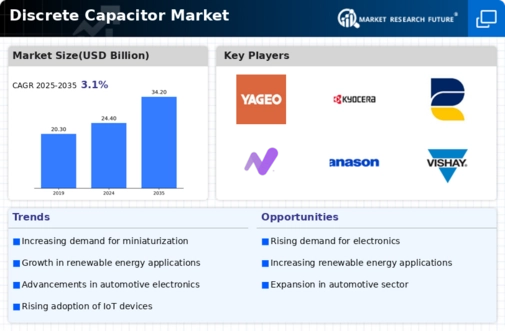
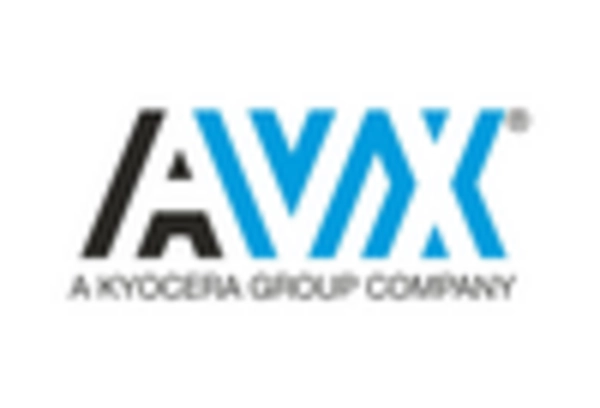
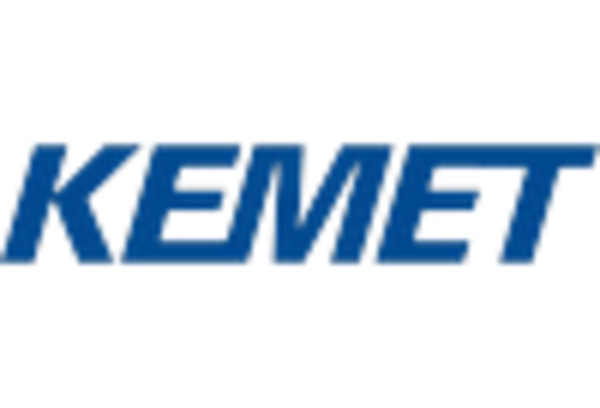
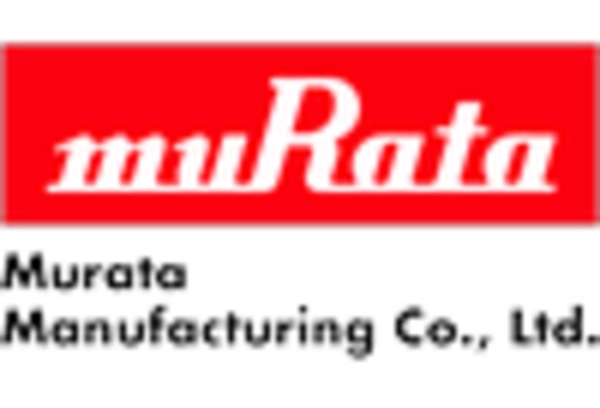
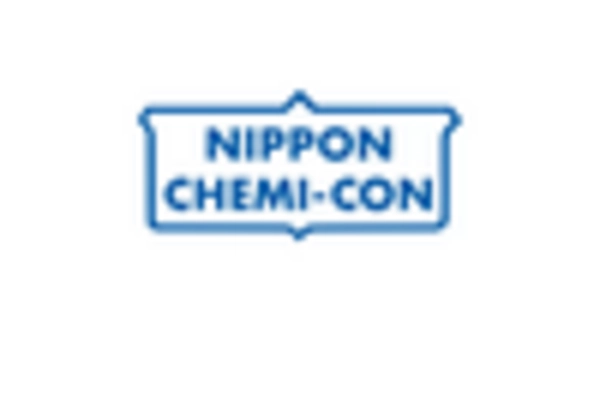
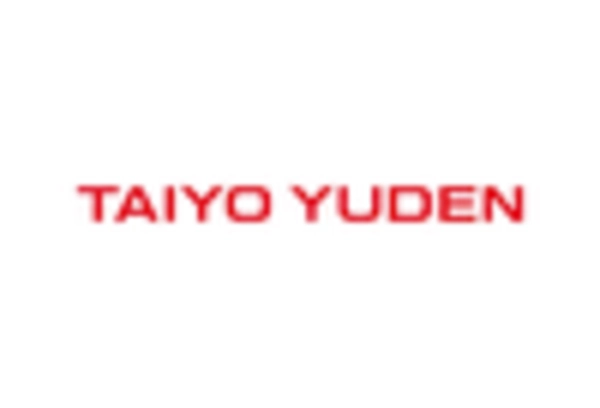
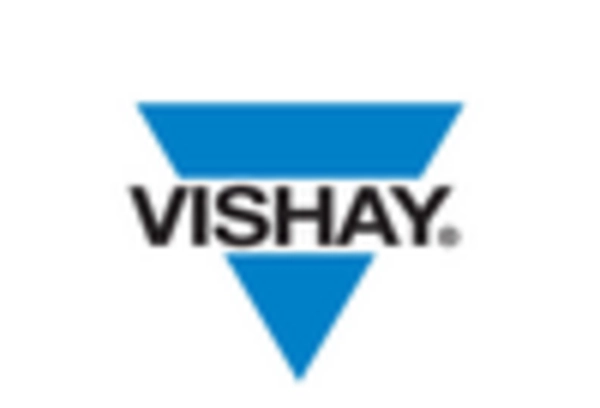








Leave a Comment